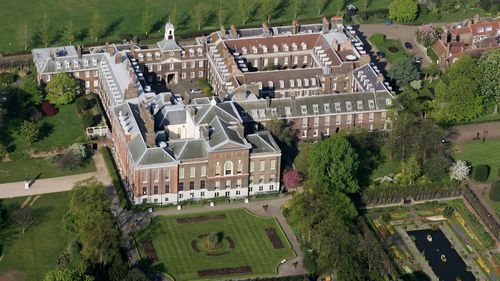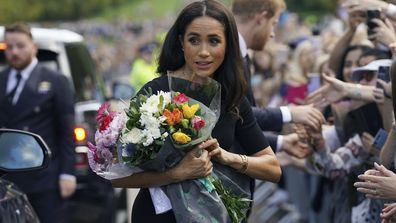The new King will now receive the Sovereign Grant, which covers the cost of his official duties and amounted to $146 million for the last financial year.

Forbes has estimated the royal family’s financial estate at $47 billion.
But that rough number is far from certain, given the complex holdings which include the immense Buckingham Palace and the world-famous crown jewels.
Buckingham Palace, the official London residence of the sovereigns since the early 1800s, is worth an estimated $7.1 billion.
Then there’s Kensington Palace, located in the Royal Borough of Kensington and Chelsea, and reportedly worth $920 million.
Earlier this year The Sunday Times‘ Rich List put the Queen’s personal fortune, which does not include many assets owned by the Crown, at about $630 million.
There are three main parts which make up the multi-billion-dollar holdings of The Firm, which is believed to funnel millions of dollars into the British economy each year.
The Crown Estate includes billions of dollars of commercial and residential real estate in some of London’s most glamourous post codes.
The Duchy of Cornwall includes property from south-west England all the way to London’s Oval cricket ground.
This holding will now pass from King Charles to Prince William.
There is also the Duchy of Lancaster, a vast estate of more than 10,000 hectares of land, prime London real estate and a portfolio of business investments.

The truth is, only the inner circle of “The Firm”, the nickname given to a senior elite group within the royal family, will likely ever know how the fortune will be split.
In Britain, by law, all wills are publicly available.
However, thanks to a legal loophole, the details of dozens of royal wills have been allowed to remain secret and not divulged to the public.
The sealing of the wills has ensured the royals have been able to keep private how much cash, property and investments they control.









